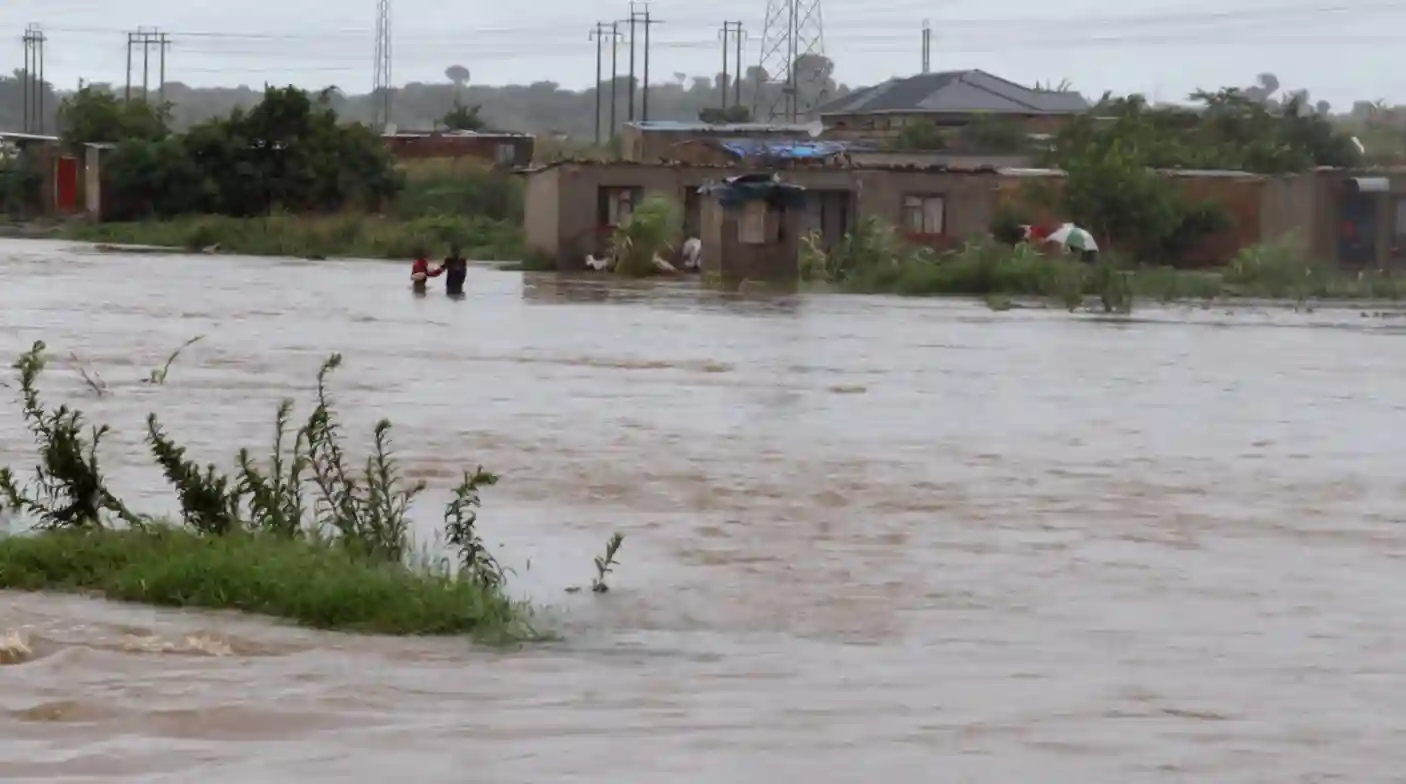More than 1 600 houses have reportedly been damaged by flash floods since the onset of the rainy season in October, resulting in the loss of properties valued at thousands of dollars.
According to The Sunday Mail, 52 people have been killed during incidents of adverse weather, while 28 have sustained injuries.
The largest number of damaged houses (688) was reported in the Midlands Province, with Mashonaland Central Province (400) the second most affected province.
Ministry of Local Government and Public Works communication and advocacy director Gabriel Masvora revealed that in Harare’s Budiriro 5B Extension, 51 residents have been evacuated. He said:
Budiriro 5B Extension and Kuwadzana residential areas (paddocks) experienced flooding due to incessant rains on December 21 and 22, 2023.
Unfortunately, a minor aged six years was swept away in the Marimba River and the body has since been retrieved and awaits a post-mortem.
Several houses, household items and access roads were damaged.
Two evacuation centres, namely, Budiriro 3 Primary School and Kuwadzana 2 Primary School were identified.
Relief in the form of food and non-food items is being distributed to affected households.
For Budiriro Common Vision, 42 households were affected by the flooded Marimba River on Friday, December 22, around 2 AM.
The affected households lost their foodstuff and household property, while one house was destroyed.
Of the 42 affected households, only 12 families (51 people) volunteered to be evacuated to Budiriro 3 Primary School.
Masvora said the rains had damaged property valued at nearly US$189 000.
Almost every rainy season, some urban settlements in Zimbabwe, especially Harare and Chitungwiza, experience flash floods as heavy and prolonged rain overwhelms the capacity of drainage systems.
Factors contributing to flooding in urban areas include inadequate drainage infrastructure, and the replacement of natural surfaces such as vegetation and soil with impervious surfaces like concrete and asphalt which reduces the absorption of rainwater, leading to increased runoff and flooding.
Another factor is poor urban planning and zoning, whereby city fathers approve construction in low-lying areas, river banks and wetlands.
More: Pindula News

